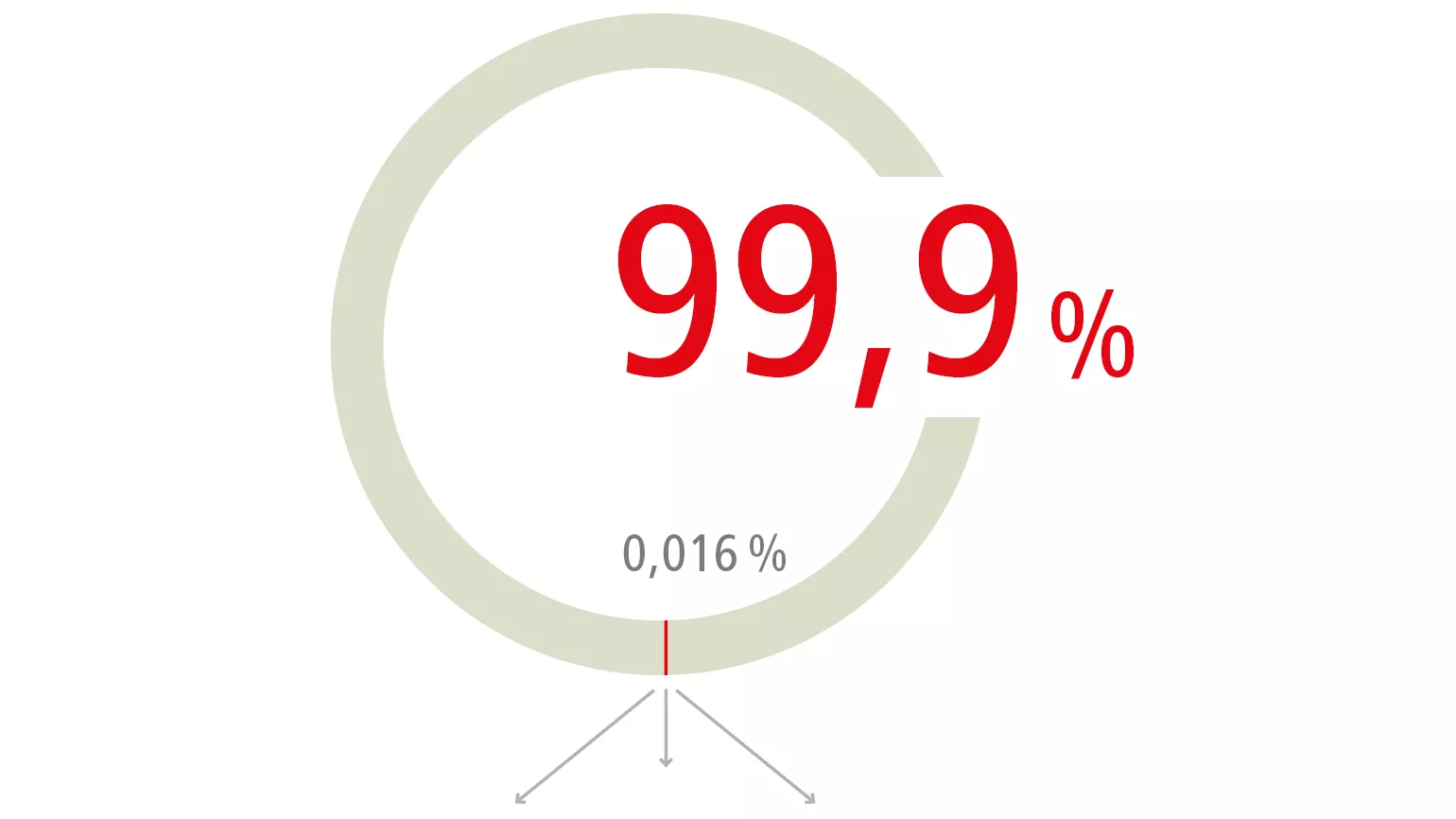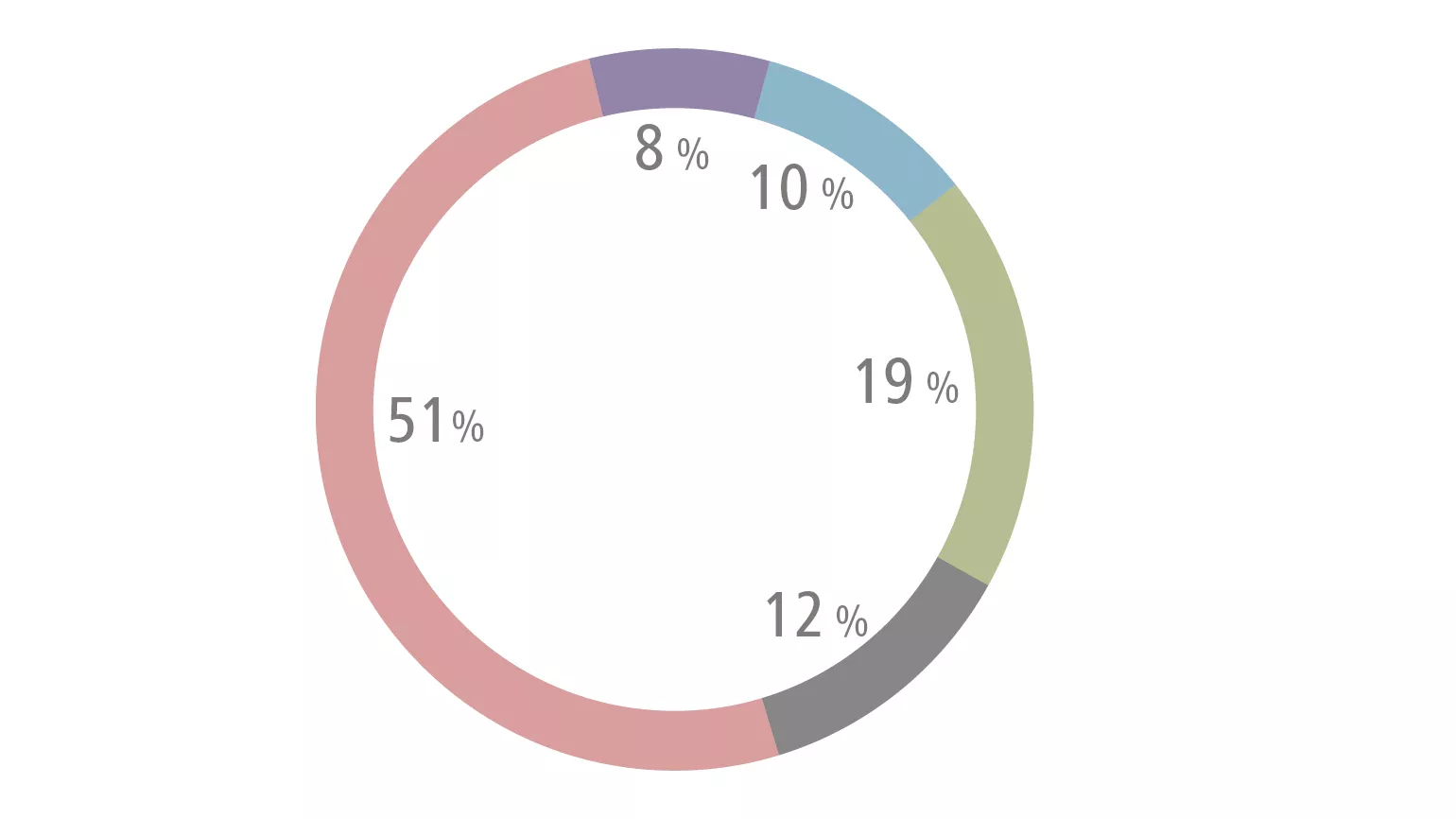Photovoltaics
a safe technology

Let's talk about safety
Photovoltaics is an extremely safe technology. To make the use of solar energy even safer, various safety measures can be taken. In addition to the use of high-quality components, regular training and further education are the key to reducing last risks to a minimum.
PhotovoltaicS: 99.9% Safe
Studies conducted by respected institutions have proven that photovoltaic systems are extremely safe. Of all the PV systems considered in a study by the German testing body TÜV Rheinland, only 0.016% exhibit fire or heat damage.
- 99.9% safety
- 0.016% fire or head damage
This means that 99.9% of photovoltaic systems are safe. PV systems therefore do not pose any health, safety or environmental risks under normal operating conditions. Looking more closely at the 0.016% with fire or heat damage, the main sources of error are as follows:
- 51% external causes
- 19% errors on the DC side
- 12% errors on modules
- 10% inverter issues
- 8% errors on the AC side
We can see that the majority of all fire and heat damage is caused by external causes such as animal bites or lightning strikes. Further sources of error, especially on the DC side, can be avoided by professional installation. In this way a safe technology can become even safer.
SAfe inverter technology
- Professional training
for installers
Fronius offers professional training to support the safe and standard-compliant installation of a PV system. - Maximum quality in
development and production
Every inverter is subjected to extensive safety tests at Fronius before delivery in order to meet the high quality standards. - Daily automated
insulation monitoring
Even before the inverter starts its daily work, it performs an insulation check of the PV generator. Automatic fault current monitoring remains constantly active while the inverter is in operation. If an abnormality is detected, the device will signal an error message and turn off. - Certified DC
disconnector
This ensures that the inverter is disconnected from the solar modules in the event of a problem. - Safety features on
board
Safety features are already integrated inside the inverter and are not exposed to weather effects on the roof
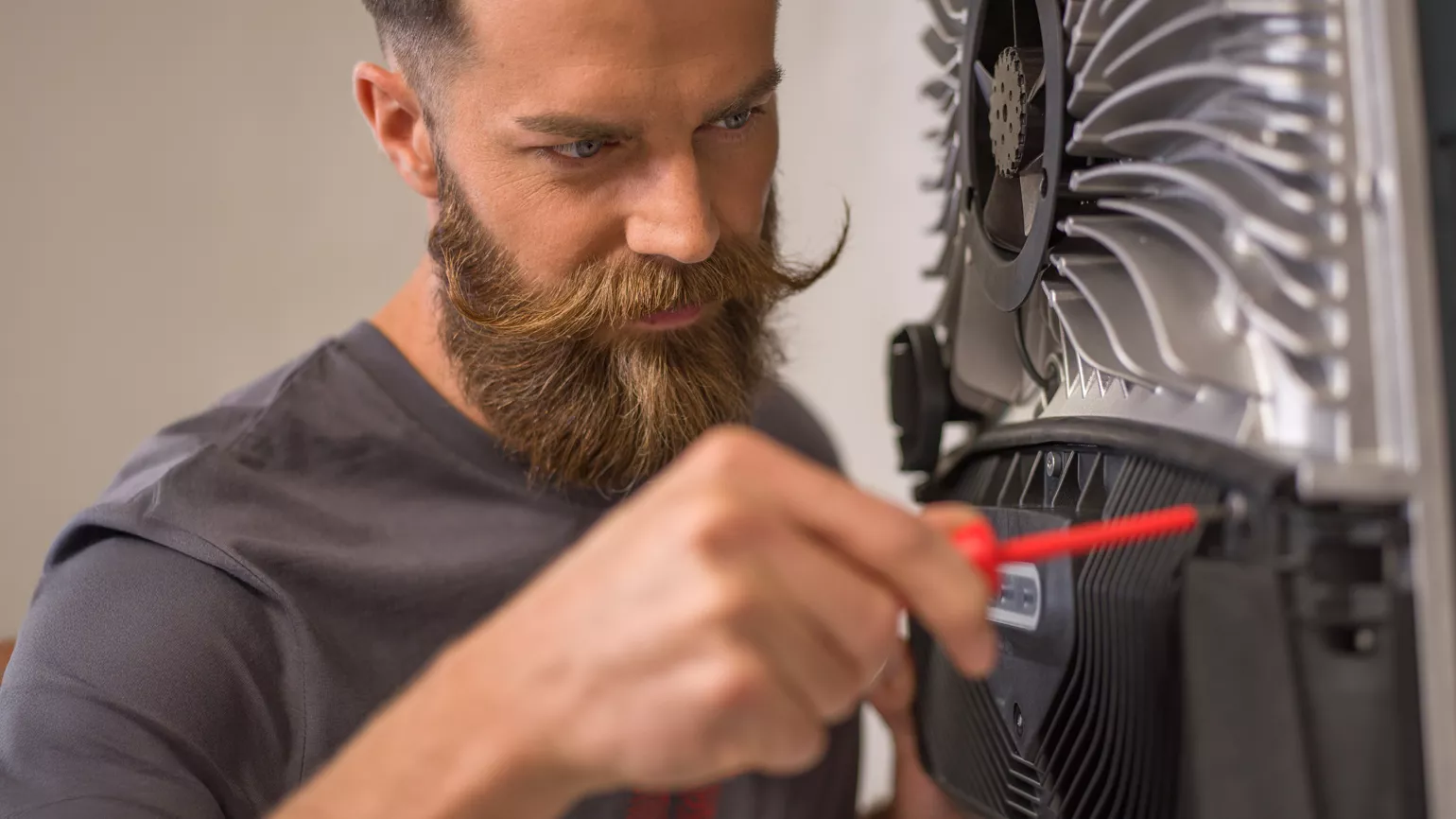
DC Plugs: Because less is often more
The more contact points on the roof, the higher the risk of fire.
The more complex a system, the higher the risk of a faulty installation. As a result, the risk of fire increases.
The Fronius string inverters bring together the high-tech power electronics centrally inside the device, allowing a streamlined system design and reducing the plug connections to a minimum.
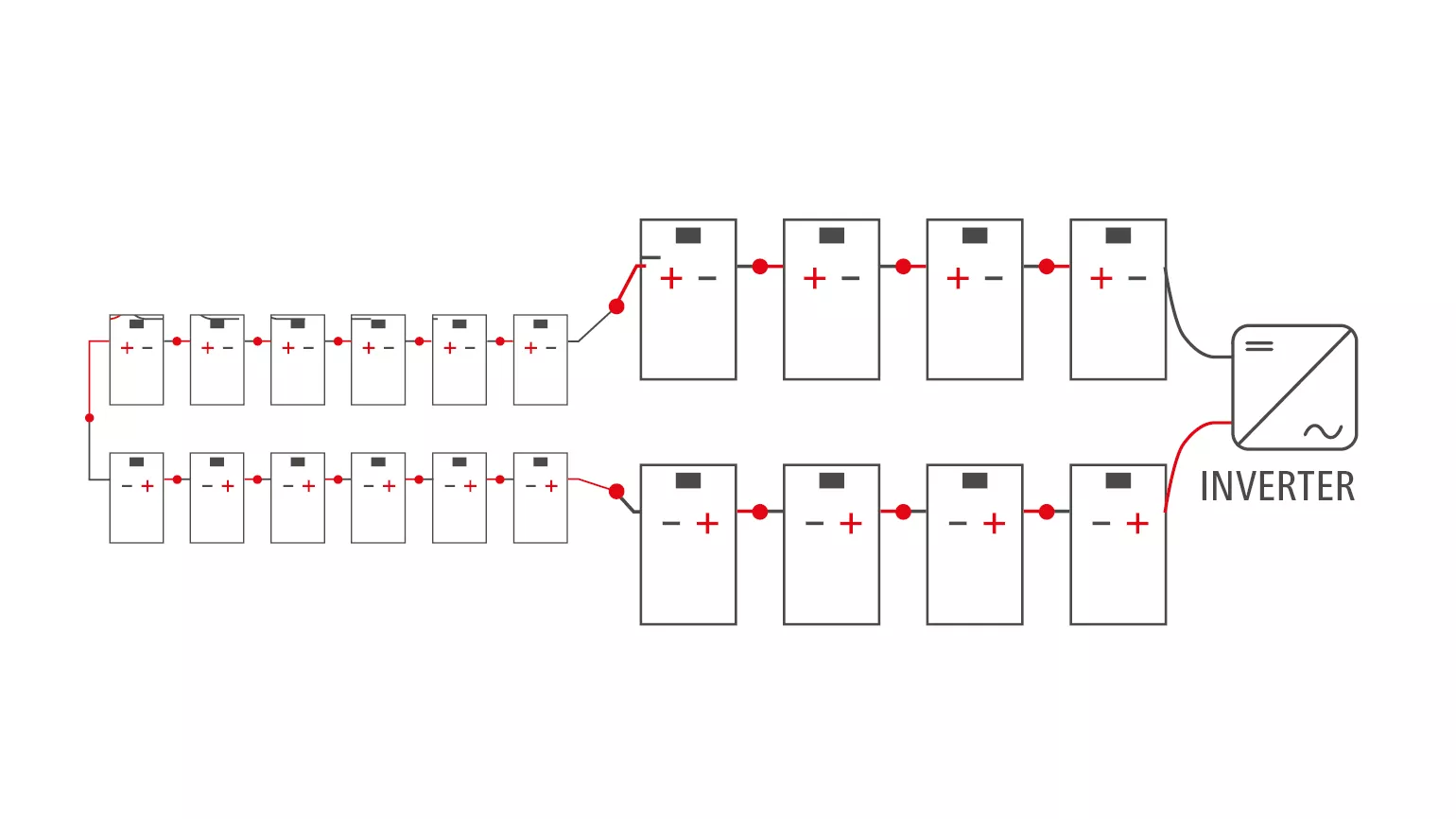
String inverter system vs. DC-optimized system
Systems with DC optimizers sound promising, but triple the number of plug connections on the roof. If we look at a conventional 6 kWp PV system with 20 solar modules, 21 plug connections are needed on the string inverter system.
However, a system of the same size with a DC-optimized system requires 61 plug connections by comparison.
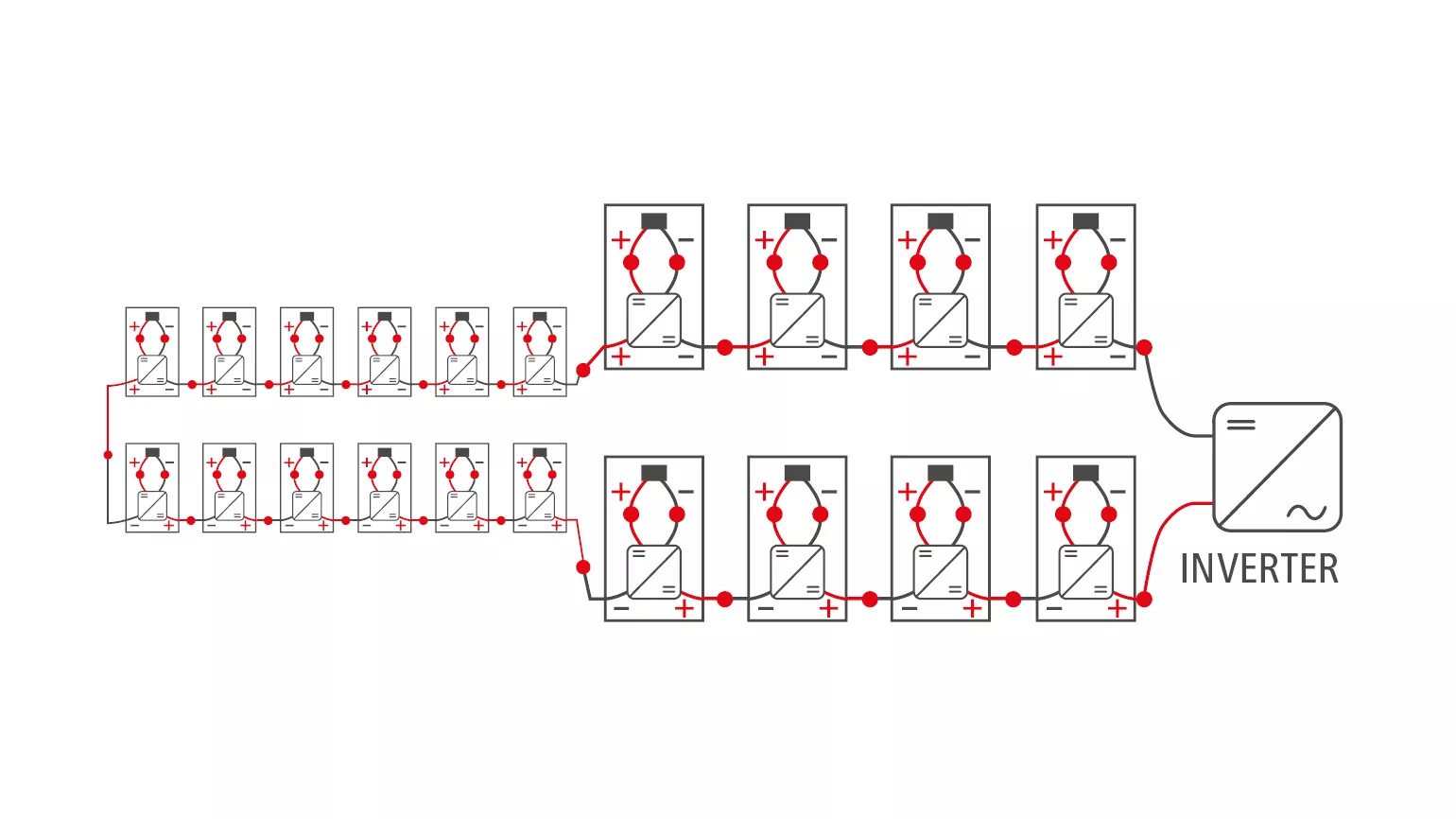
Professional training for even greater safety
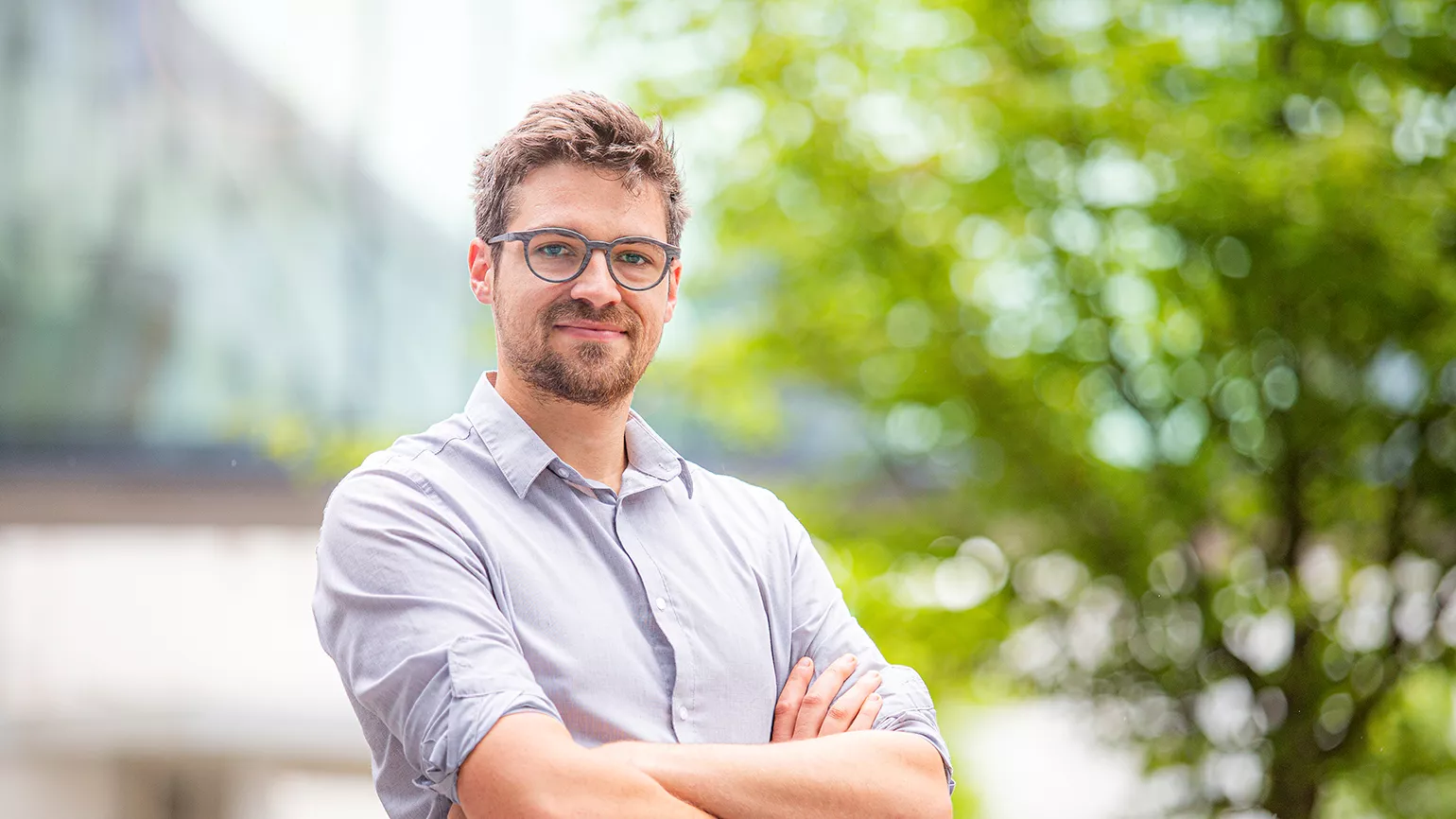
"Professional installer training is the basis for a safe and standard-compliant installation!"
Bernhard Kossak,
photovoltaic safety expert and member of the IEC standards committee
Downloads
EXpand your knowledge
With the Fronius webinars, you can expand your knowledge from the comfort of your own home.Every day, Fronius trains electrical installers to ensure a competent and safe installation.
After all, a good installer is the guardian angel of the PV system.
No time during the day?
Simply register for a webinar anyway and we'll send you the recording by e-mail.

